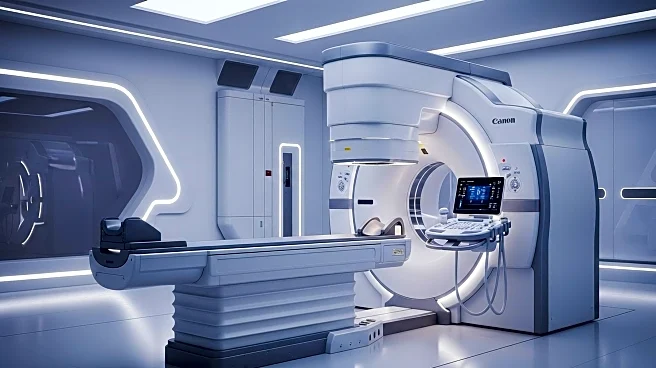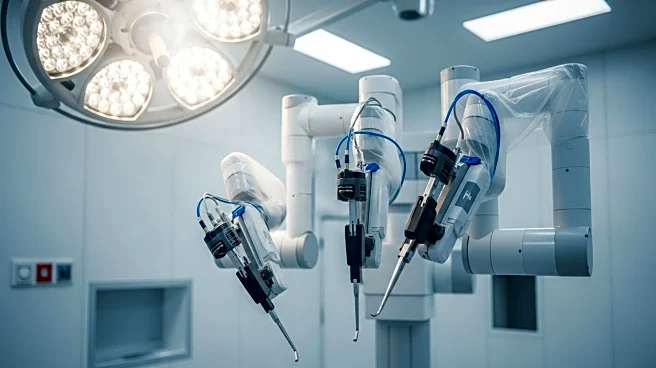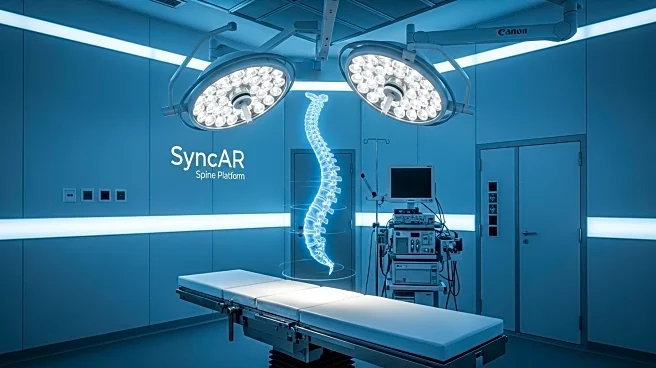What's Happening?
A comparative study has analyzed MRI features and surgical outcomes between intramedullary schwannomas (IMS) and extramedullary schwannomas (EMS) in the spinal cord. The study involved 19 cases each of IMS and EMS, matched by propensity score from a cohort
treated between 2008 and 2022. MRI images showed similar intensity patterns for both types but revealed significant differences in tumor borders and peritumoral edema. Postoperative results indicated substantial neurological improvement in IMS cases, with no recurrences following gross total resection. However, residual pain was more common in IMS compared to EMS.
Why It's Important?
Understanding the distinct MRI features of IMS and EMS is crucial for preoperative differentiation, which can guide surgical planning and improve patient outcomes. The study highlights the importance of recognizing specific MRI characteristics that can influence surgical decisions and postoperative recovery. The findings may lead to more tailored surgical approaches, reducing the risk of residual pain and enhancing neurological recovery. This research contributes to the broader field of spinal tumor management, offering insights that could refine diagnostic and therapeutic strategies.
What's Next?
Further research may focus on developing advanced imaging techniques to better differentiate between IMS and EMS preoperatively. The study's findings could prompt the exploration of new surgical methods or postoperative care protocols to address residual pain in IMS patients. Collaboration between radiologists and surgeons may enhance the integration of MRI analysis into clinical practice, improving the precision of spinal tumor surgeries. Long-term studies could assess the impact of these findings on recurrence rates and overall patient quality of life.
Beyond the Headlines
The study underscores the potential for MRI technology to revolutionize spinal tumor diagnosis and treatment. By providing detailed insights into tumor characteristics, MRI can facilitate more accurate surgical planning and postoperative care. The research may also inspire innovations in imaging technology, leading to more effective diagnostic tools for various types of spinal tumors.













